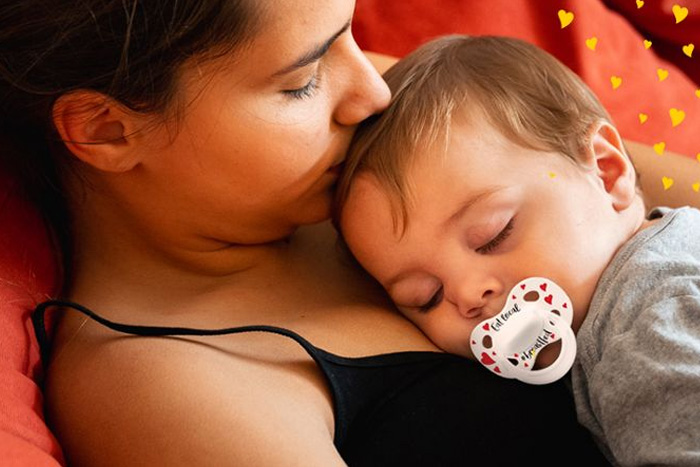There is evidence that offering the soother at all sleep times can offer some protection against cot death (SIDS).2,3 Breastfed babies also have a reduced risk of SIDS.2,3 How a soother can reduce the risk of SIDS is still unclear. Safe infant sleep guidelines in various countries support the use of a soother during nap and bedtime in the first 6 months of life and often even up to one year of age. If the soother falls out of the mouth during sleep, you do not need to reinsert it.3 If your baby refuses the soother, do not force them to take it.
Two additional measures that can help reduce the risk of cot death are to lay babies on their back to fall asleep and to avoid putting pillows or stuffed toys in a baby’s bed to prevent smothering or suffocation.3











 Buy Now
Buy Now









